
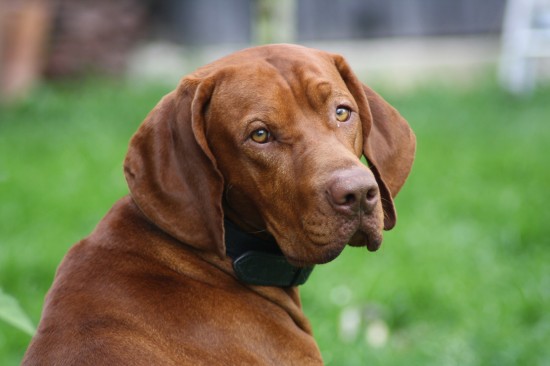
The Hungarian Vizsla is a handsome and noble looking dog breed that originates in Hungary, but today is popular all across the world, including within the UK. Being classed in the pointer group of dogs, the Vizsla was originally bred to be a working dog for hunt-pointing, seeking out game and then “pointing” with their body to alert the hunters to the position of their prey.
They are medium sized and have the typical pointer dog conformation, with a distinctive short, red coat. They are very versatile dogs with a strong working ability, and within domestic environments are often used for canine sport such as obedience and agility too. The Hungarian Vizsla is gentle, calm and intelligent, and very personable and friendly with people. They bond strongly with their owners and are kind, loving companions that are very rewarding to own.
Male dogs of the breed stand up to 25” tall at the withers, and can weigh up to 30kg. Females stand up to 24” tall, and can weigh up to 25kg.
If you are considering buying a Hungarian Vizsla it is of course important to do plenty of research on the breed as a whole before committing to a purchase. This means finding out about the hereditary health and average longevity of the breed as well as their temperaments, and this is something that we will look into in more detail in this article. Read on to learn more.
The average longevity of the Hungarian Vizsla is 9-10 years, which is slightly lower than the norm across the board for all breeds of a similar size. However, dogs of the breed can and sometimes do live for well over ten years in good health.
The shape and conformation of the Vizsla is considered to be well balanced and healthy, and not liable to cause problems for the dog due to exaggerated traits or ultra-typing. However, the deep chest of the breed does place them at risk of developing bloat, an acute digestive condition that causes the stomach to fill with gas and potentially flip over on itself. All Vizsla owners should familiarise themselves with the symptoms of bloat, as without prompt treatment, the condition is usually fatal.
The coefficient of inbreeding statistic for the Hungarian Vizsla is 5.3%, which is below the 6.25% or lower that is considered to be the optimum figure for pedigree dog breeds. This means that the Vizsla is not considered to be at risk of inbreeding, and the associated range of health problems that can accompany this.
The British Veterinary Association and Vizsla breed clubs recommend that Vizsla breeders and owners follow certain guidelines for their dogs, and also undertake pre-breeding health screening for known hereditary health problems.
Breed clubs recommend that bitches under the age of two not be used for breeding, and that bitches do not produce more than one litter within any twelve month period.
The British Veterinary Association recommends pre-breeding hip score testing for the Vizsla, with the mean hip score for the breed being 12.2. Potential parent dogs should receive a hip score below this figure in order to be considered as good candidates for breeding.
Eye testing is also advised for primary glaucoma and progressive retinal atrophy, although progressive retinal atrophy is not considered to pose a huge problem to British Vizsla breed lines.
The Vizsla breed as a whole has also been identified to have a hereditary predisposition to certain other health conditions, which can affect the day to day quality of life and in some cases, lifespan of dogs of the breed. While no testing schemes are currently in place for these conditions, Vizsla owners and potential Vizsla owners should be aware of all of the following conditions:
 Preparing Your Dog For The Arrival Of A New Baby
Preparing Your Dog For The Arrival Of A New Baby
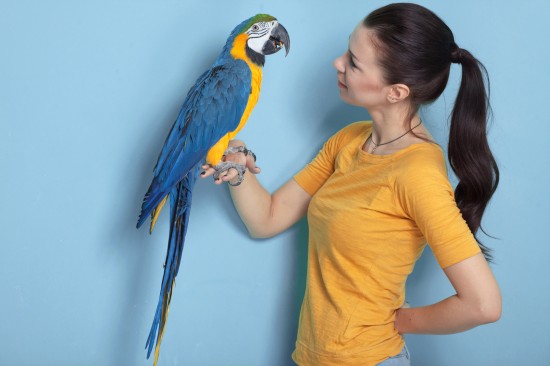 Understanding Your Bird - The Basics
Understanding Your Bird - The Basics
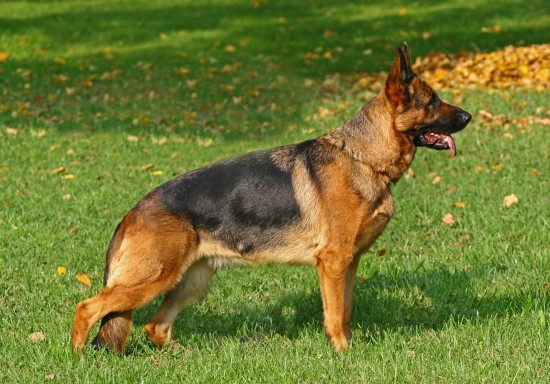 Nutrition For The German Shepherd
Nutrition For The German Shepherd
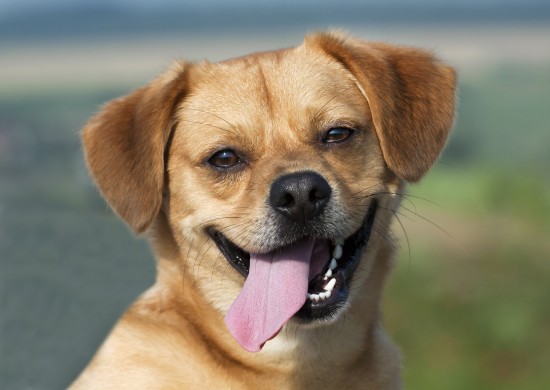 The Canine Calendar – 12 Top Tips To Keep Your Dog Healthy & Happy All Year
The Canine Calendar – 12 Top Tips To Keep Your Dog Healthy & Happy All Year
 Four Essential Tips To Keep Your Pet Healthy And In Tip Top Shape
Four Essential Tips To Keep Your Pet Healthy And In Tip Top Shape
 Things You Need To Know Before Building a Custom Made Chicken Coop
Things You Need To Know Before Building a Custom Made Chicken Coop
 Tackling A Dog That Is Aggressive Towards Children
Tackling A Dog Th
Tackling A Dog That Is Aggressive Towards Children
Tackling A Dog Th
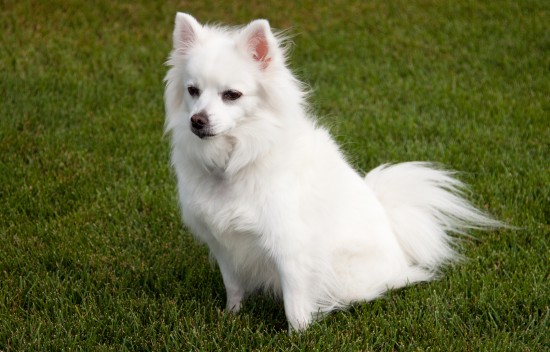 More About The American Eskimo Dog
More About The Am
More About The American Eskimo Dog
More About The Am
 Making Sure You Are The Alpha Dog
Making Sure You A
Making Sure You Are The Alpha Dog
Making Sure You A
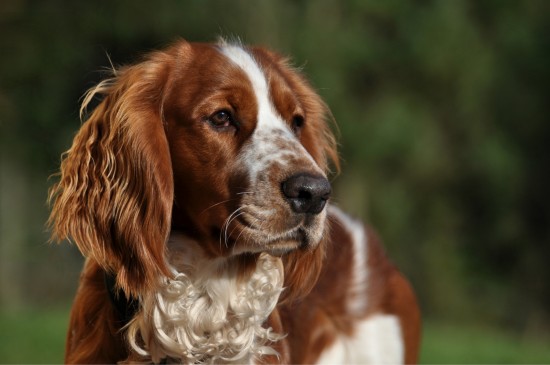 How To Keep A Welsh Springer Spaniels Coat Looking Good
How To Keep A Wel
How To Keep A Welsh Springer Spaniels Coat Looking Good
How To Keep A Wel
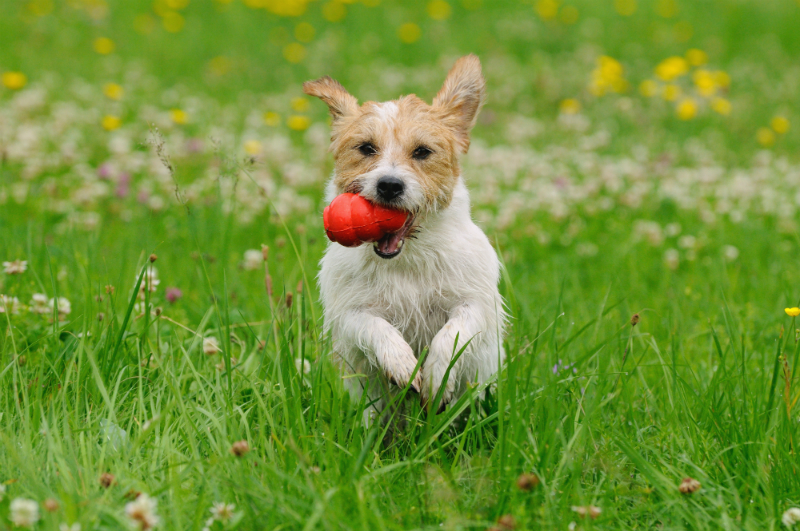 Christmas Presents for Dogs: Santa Paws is coming to Town!
Are you buying your partner a Christmas present?Of course yo
Christmas Presents for Dogs: Santa Paws is coming to Town!
Are you buying your partner a Christmas present?Of course yo
Copyright © 2005-2016 Pet Information All Rights Reserved
Contact us: www162date@outlook.com